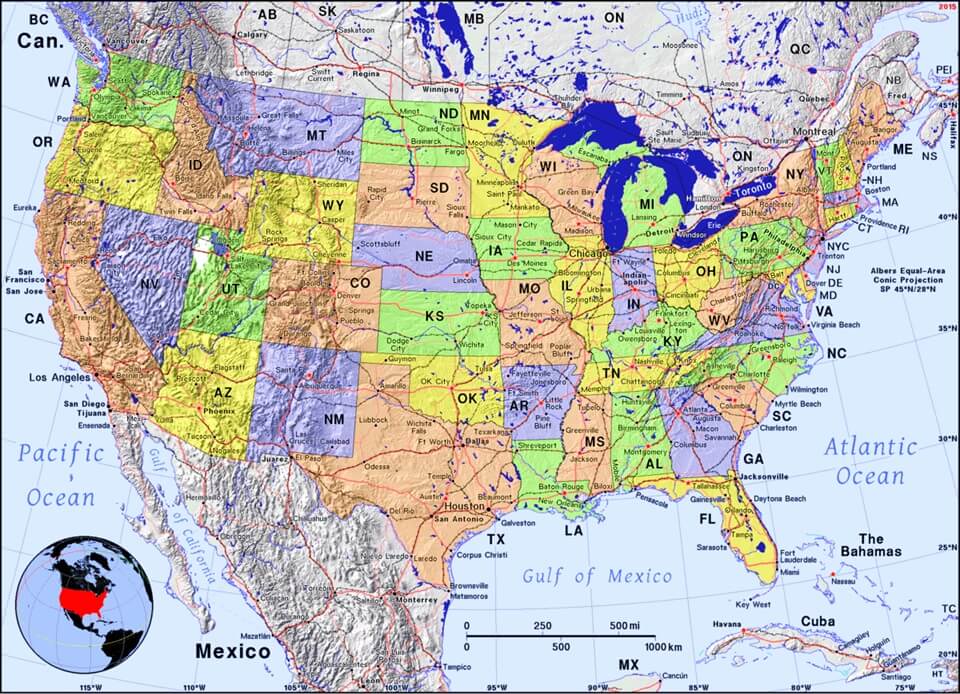 Stories of Great Americans for Little Americans
Stories of Great Americans
Stories of Great Americans for Little Americans
Stories of Great Americans


 Stories of Great Americans for Little Americans
Stories of Great Americans
Stories of Great Americans for Little Americans
Stories of Great Americans

Study the lesson for one week.
Over the week:
The Abenaki Indians originally lived in what is now the New England states of Vermont, New Hampshire, and Maine. When the European settlers came, many Abenakis fled to Canada.
Find the country of Canada and the states of Vermont, New Hampshire, and Maine on the map below:

Facts about the Abenakis:
Source: http://www.bigorrin.org/abenaki_kids.htm
Activity 1: Narrate the Story
Activity 3: Study the Story Picture
